The noise level is usually measured to check the sound insulation in the apartment after finishing, repairing, replacing windows or doors, as well as in conflict situations when neighbors sort things out too loudly, listen to music or use construction tools.

When you need to take measurements, but buying a professional sound level meter seems like an expensive pleasure, ordinary smartphone apps come to the rescue. They read the sound from the microphone and show a graph in decibels. The better the receiving device, the more accurate the results. In general, the method fully justifies itself as a means of obtaining introductory information, which can then be confirmed with a real sound level meter. Next, you will learn how to do it right.
What you need to measure noise through your phone
To measure the noise level through the app, you must have a phone with a well-functioning microphone that does not emit additional squeaks, wheezes or interference. To make sure of its quality, open any messenger, send a voice message and listen, or use a voice recorder.
Of course, you will also need software with which you can make the necessary calculations. It is best to download software from the Play Market – this way you do not run the risk of encountering viruses and unwanted add-ons.
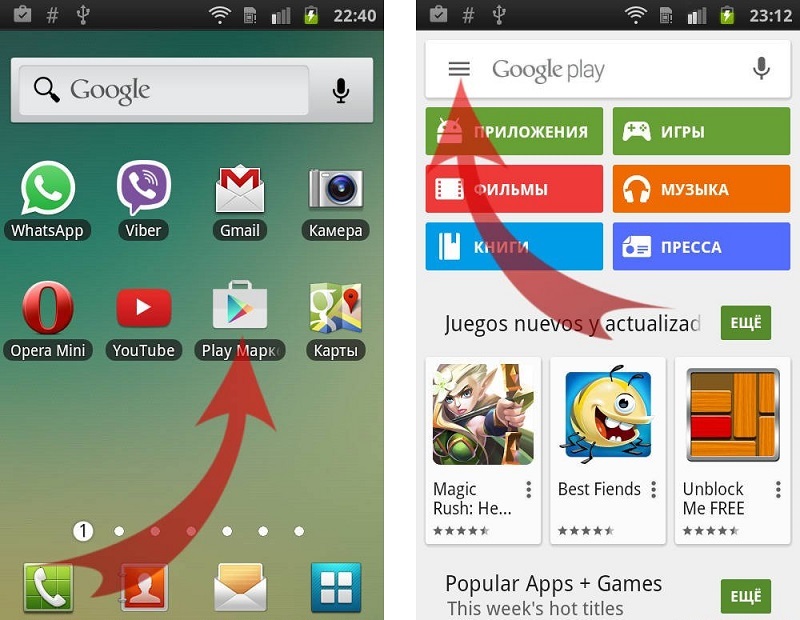
If you’ve considered both points, then nothing else is needed – your makeshift noise meter is ready to use.
Noise measurement applications
Let’s look at the most popular sound level meters for Android so that you can determine which one is better to download:
- The EXA Tools application can do the following:
- measure the level of sound, vibration;
- show results in the form of text, where the minimum, average or high value is noted, as well as in the form of a graph (units of measurement – decibels);
- adjust the accuracy using manual and automatic calibration, it is recommended to carry out it immediately after installing the application – the function is in the “Settings” section.
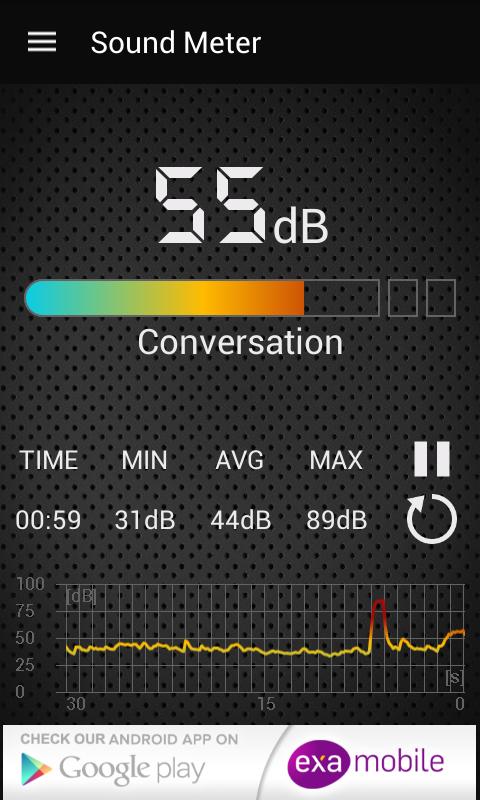
- From Splend Apps. Convenient software for measuring the noise level: shows the results on a graph and visualization of an analog device. The developers honestly warn that values above 90 dB may be inaccurate, because the microphone of the phone is adjusted to the voice of a person and limits the perception of very loud sounds. This applies not only to this application, but also to everyone else.
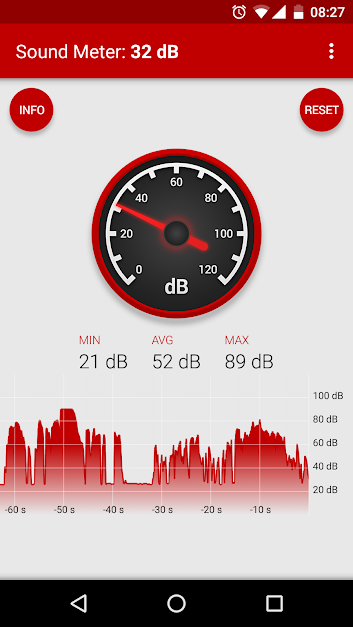
- From Melon Soft. A fairly accurate application for determining the strength of the sound in a smartphone. It is possible to adjust to the reference parameter, where the number of decibels is already known. The data are displayed on a histogram and a digital instrument with a scale. Audio recording can be interrupted and resumed. It also provides for changing the appearance of the interface.
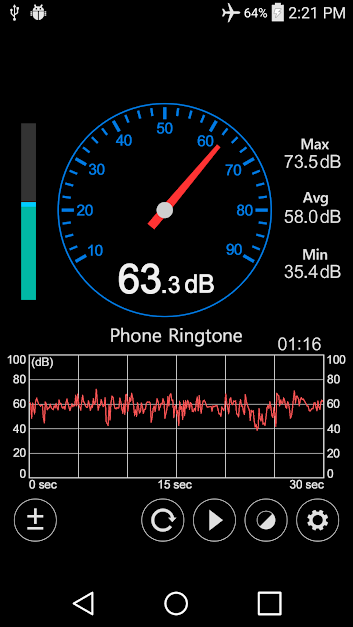
- From ABC Apps. Prompts you to enter a reference value for each individual device. Just like the previous applications, it displays data on a graph in decibels. The developers explain that the measurements obtained have an error, if accuracy is needed (for example, to check the sound insulation of a room or to prosecute a neighbor who breaks the silence), it is better to use a real sound level meter.

- From Lesmartlab. Application in Russian. It will help to measure the noise level in the range up to 100 dB and offers:
- reconciliation according to already known parameters;
- spectrum analyzer;
- sound meter.
The developer advises using software to test household music speakers or soundproofing a car – here his information is most accurate, because the phone’s microphone is able to qualitatively transmit these sounds. There is also a table with explanations of how many decibels are characteristic of a particular phenomenon, device, person, etc.
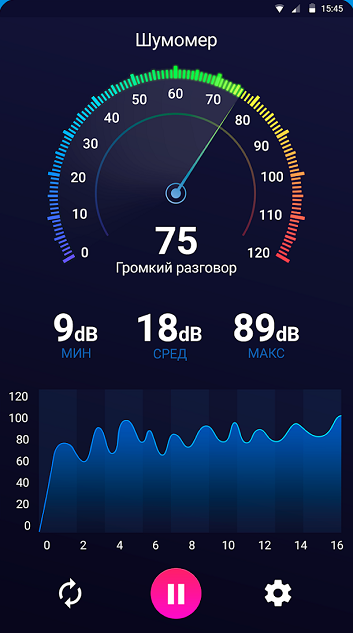
To use any of the applications, just do the following:
- download it from Google Play;
- allow access to the microphone;
- follow the setup instructions (if preliminary calibration is required, it is better not to skip this step);
- press the button to start recording – for all applications it is highlighted in some way: size, color, “Play” icon, etc .;
- wait for the calculation results.
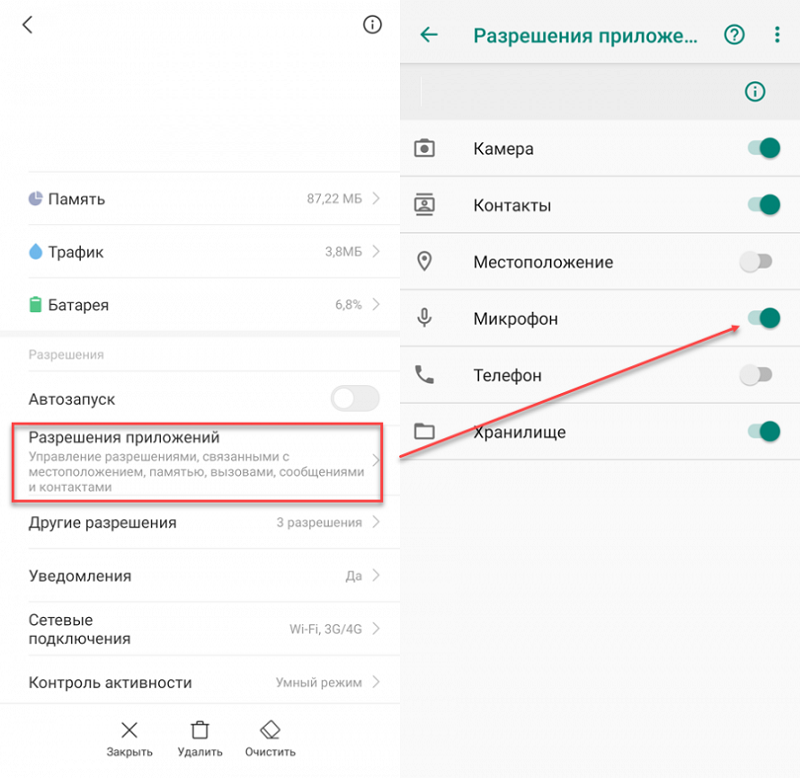
Accuracy of measurements
If you choose a good application, then its error will be plus or minus 5 decibels. It is better to install those where the calibration can be performed – this way the results will be much more accurate. As already mentioned, the quality of the microphone plays an important role – check it before using it.
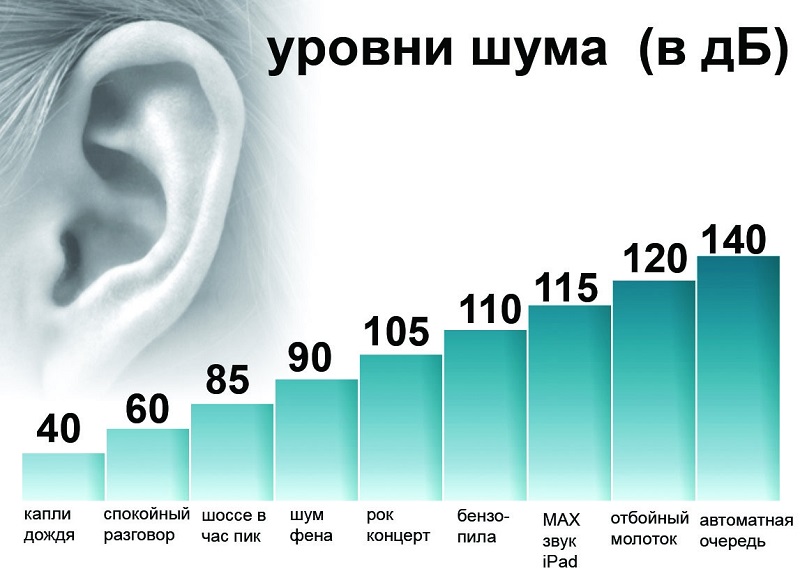
Also, for verification, you can use the following memo:
- the threshold for picking up sounds by the human ear is 0 dB;
- rustle of foliage – 10 dB;
- whispering speech – 20 dB;
- clock hands noise – 30 dB;
- background sound of a standard room – 40 dB;
- deserted street – 50 dB;
- normal conversation – 60 dB;
- busy street – 70 dB;
- a jackhammer working on compressed air – 90 dB;
- metro noise – 100 dB;
- disco / rock concert / night club – 110 dB;
- a threshold that is dangerous for hearing, causing pain – 120 dB;
- siren howl – 130 dB;
- sound when launching a rocket – 150 dB;
- the stunning threshold at which death occurs – 180 dB;
- infrasonic weapon – 200 dB.
By these parameters, you can determine the reliability of the information provided by the sound level meter.